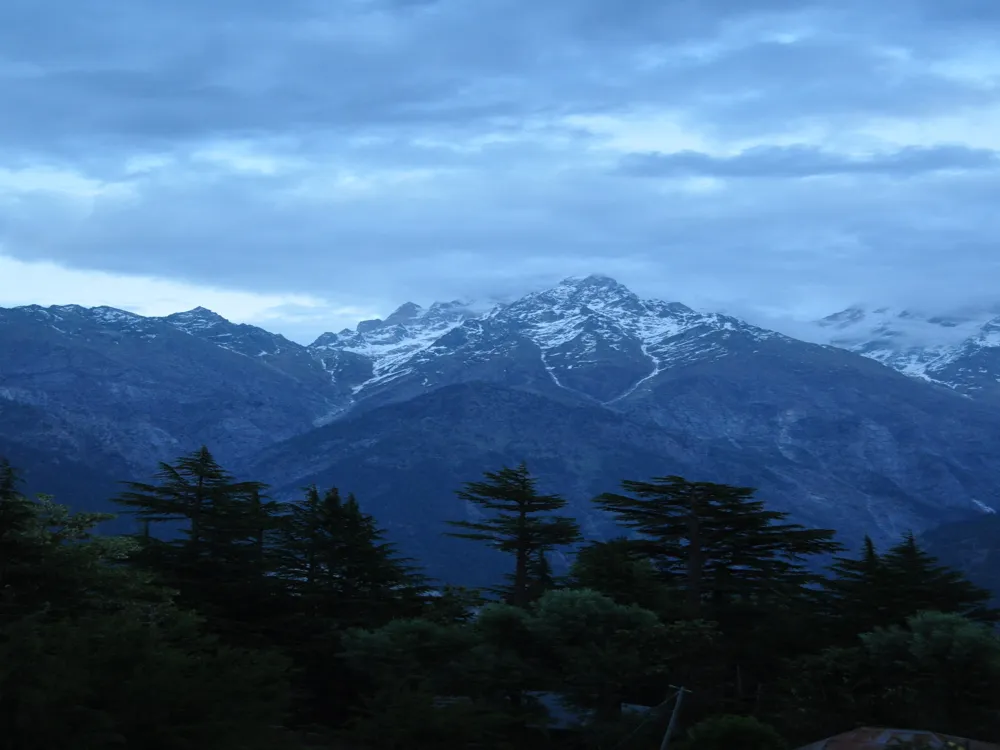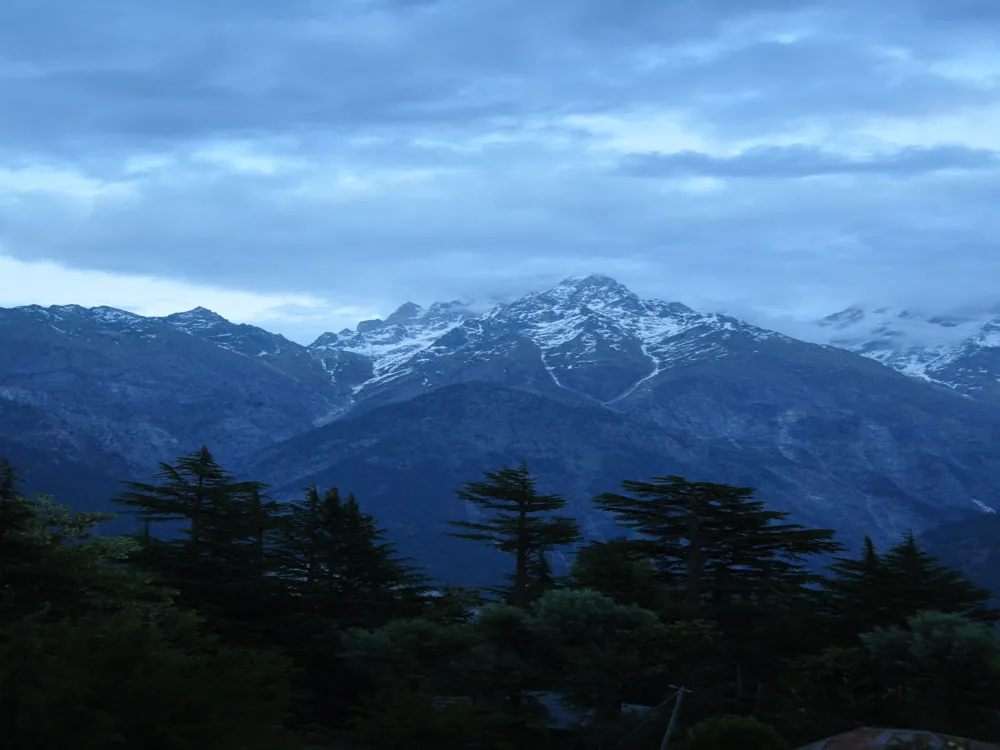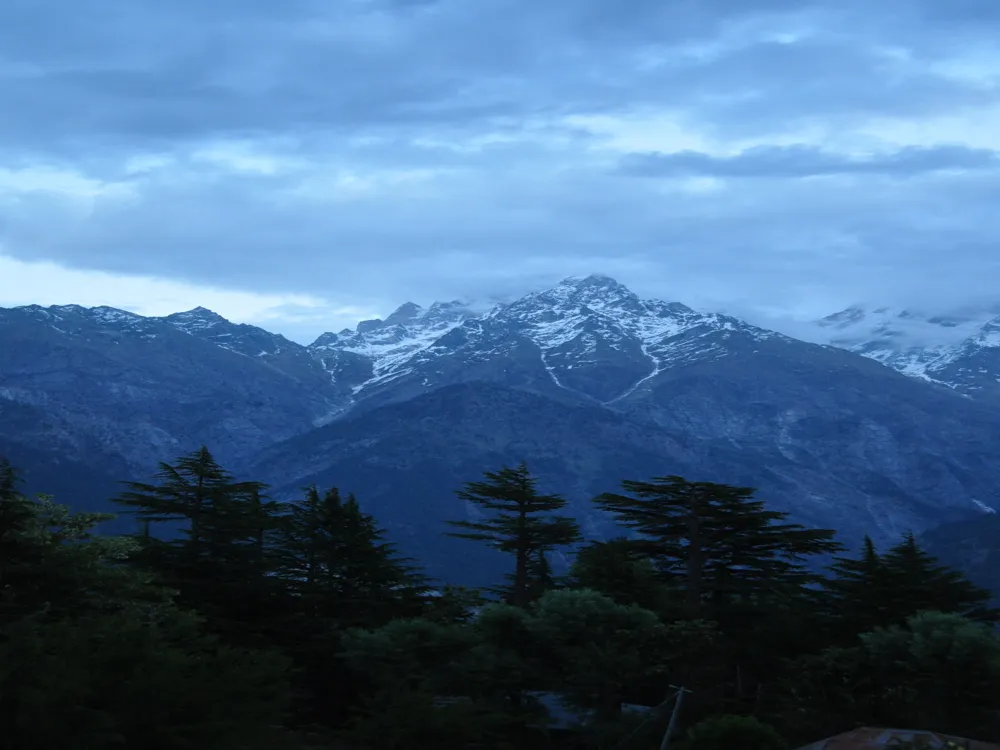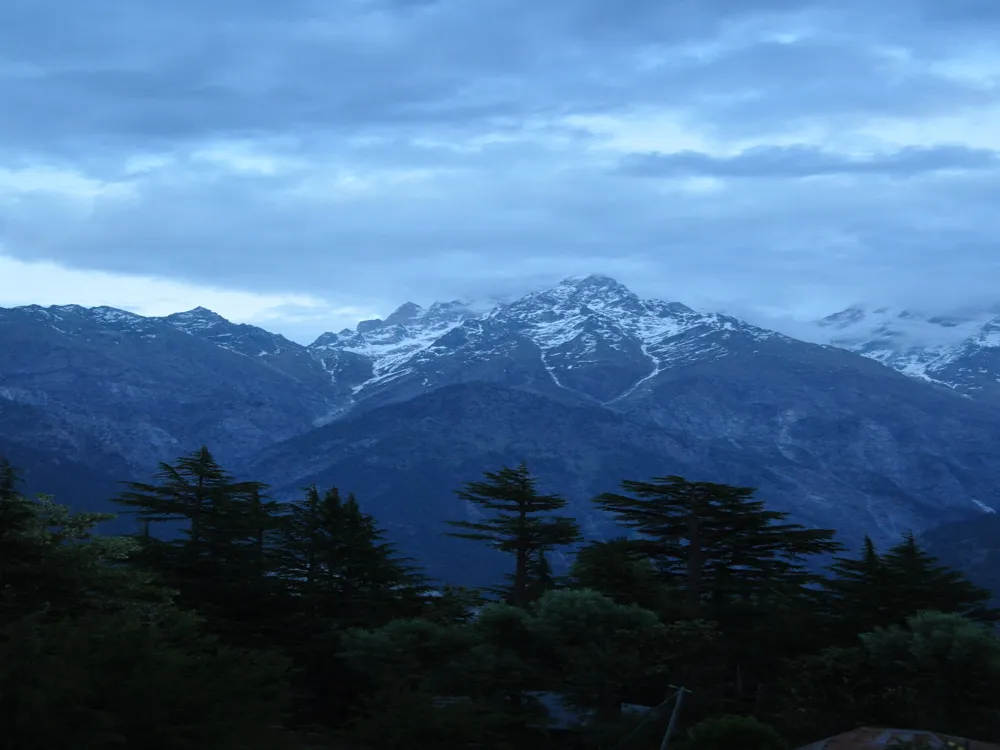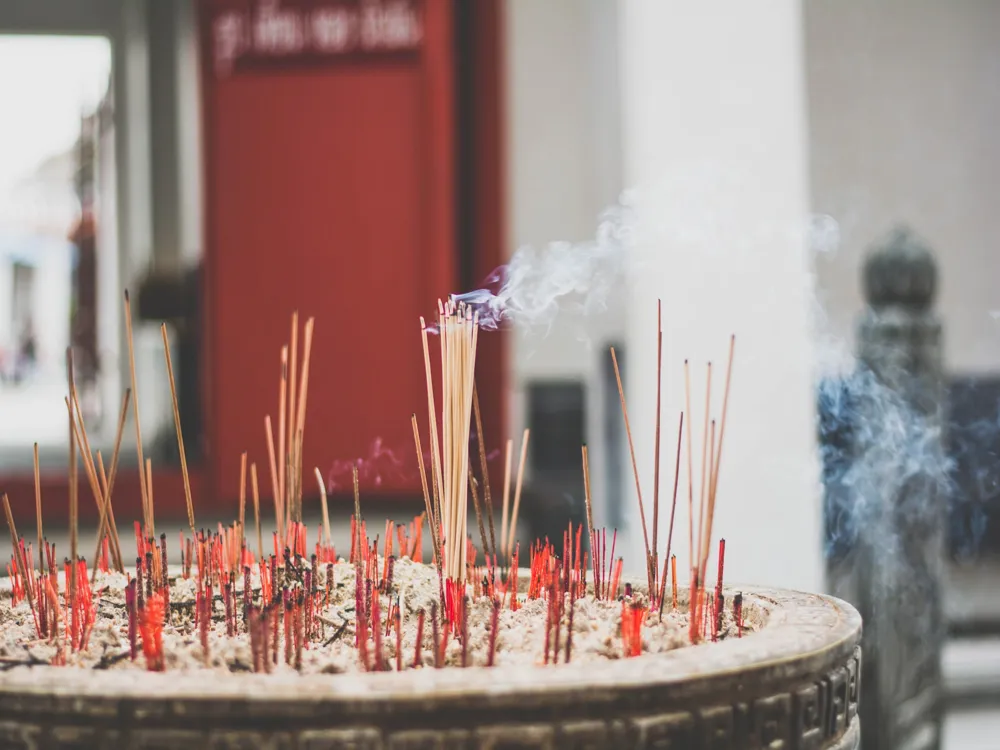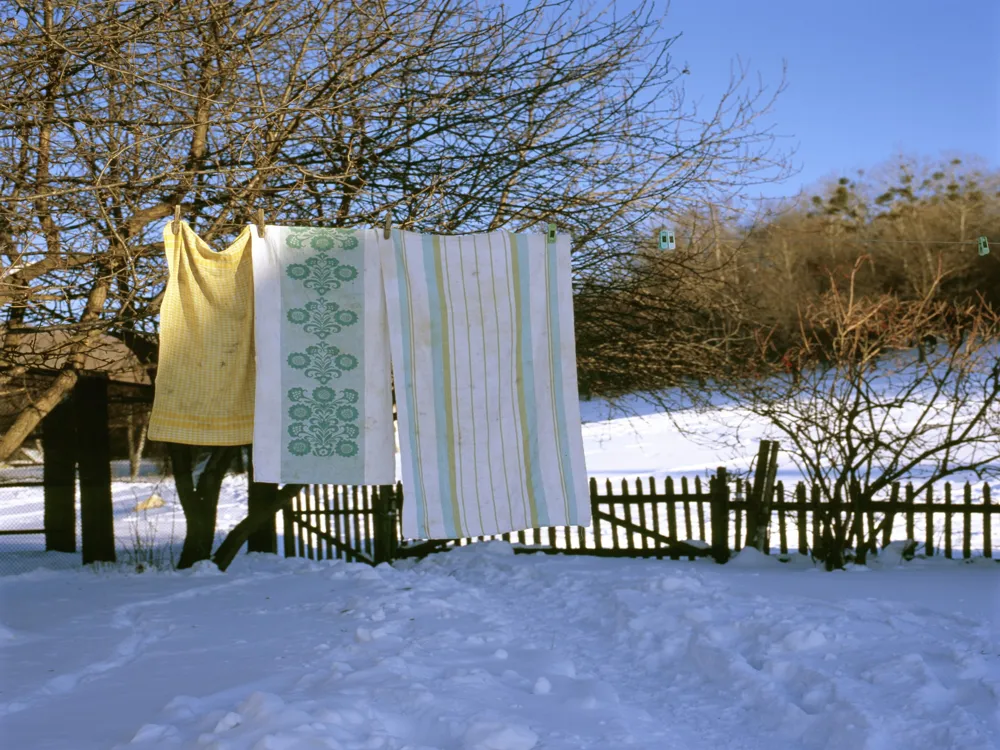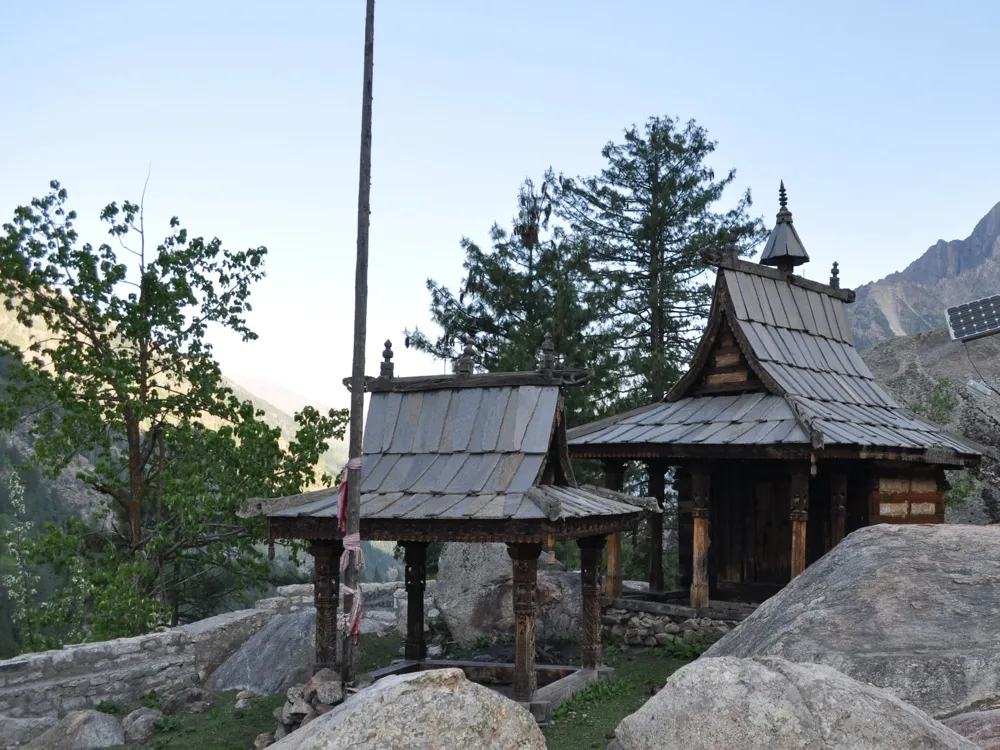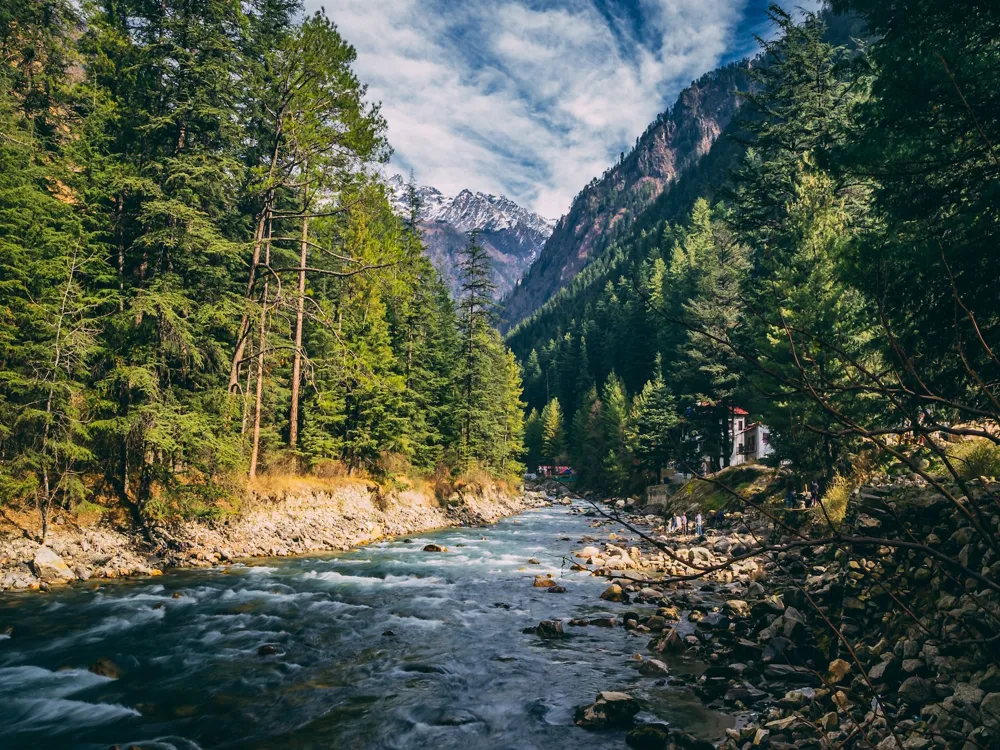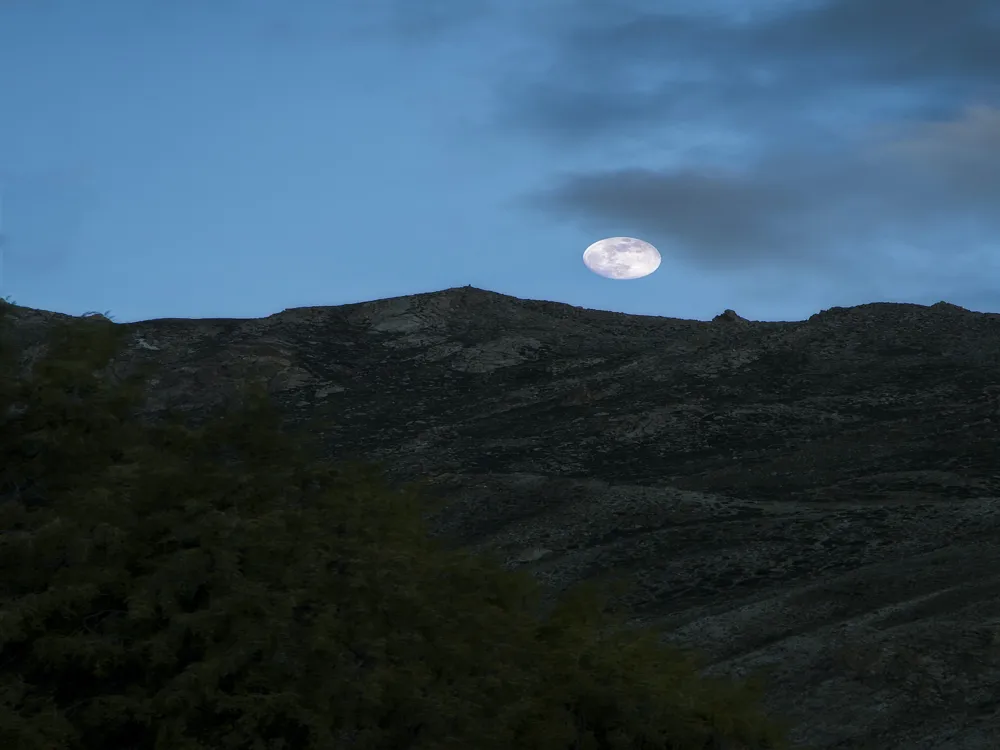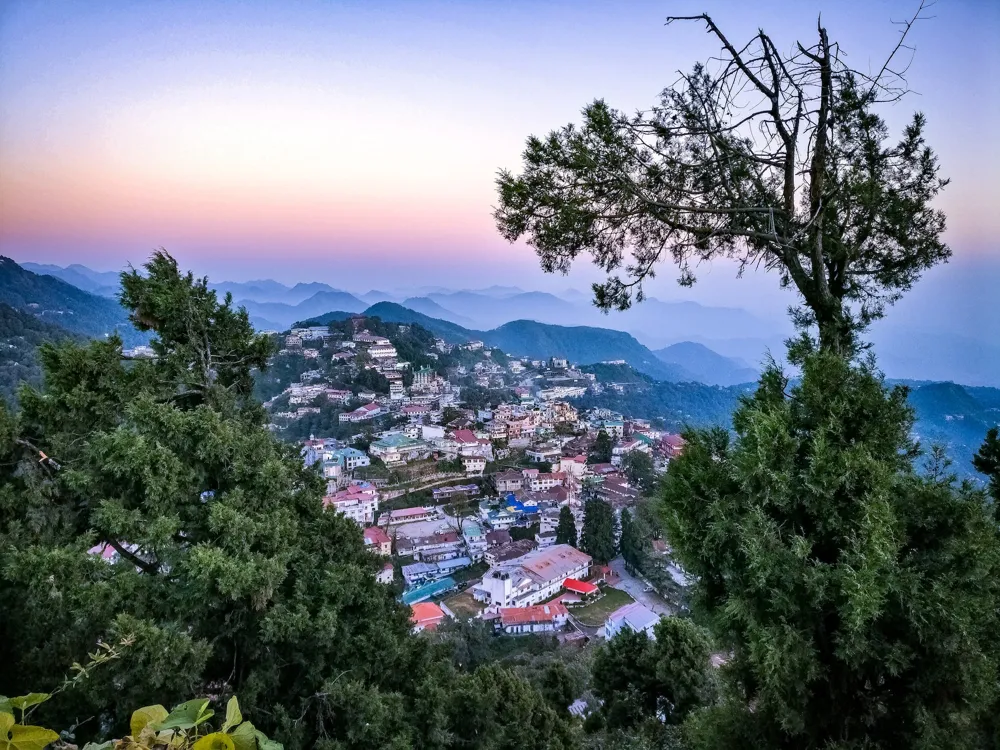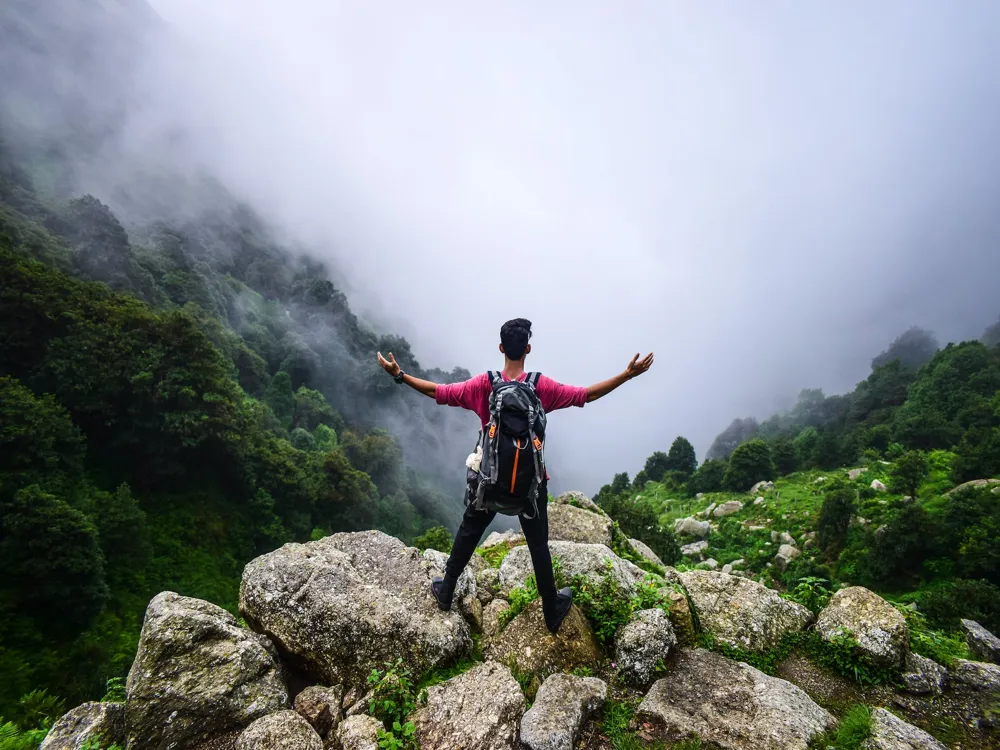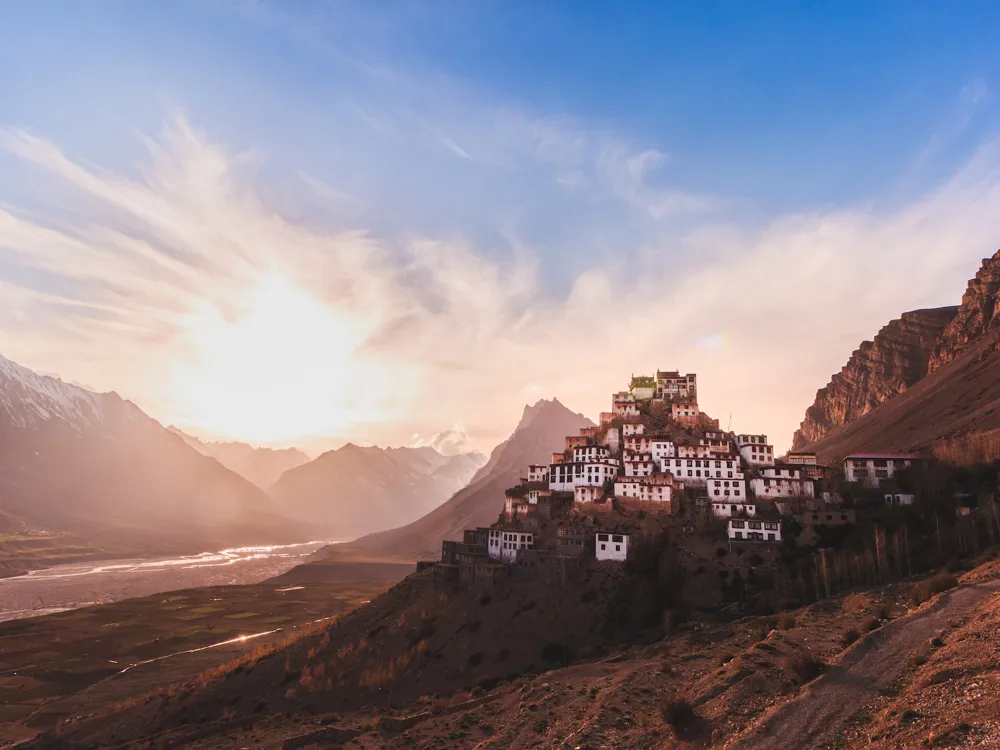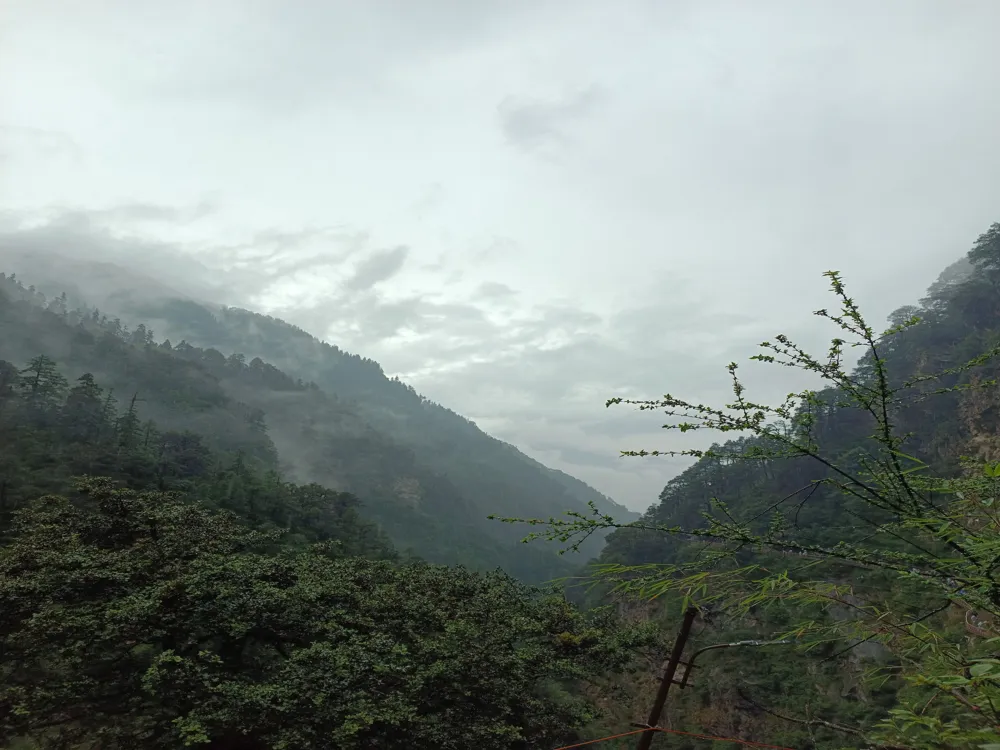Kamru Fort, a historic and architectural marvel, is nestled in the serene landscapes of Kalpa in Himachal Pradesh, India. This ancient fort, believed to be over 800 years old, stands as a testament to the rich cultural heritage and historical significance of the region. Originally built as a traditional hill fort, Kamru Fort has been an integral part of Kinnaur's history, serving various roles from a royal residence to a defensive stronghold. The fort's strategic location on a hilltop offers breathtaking views of the Kinnaur Kailash range and the Baspa Valley. It's not just the natural beauty that entices visitors but also the intricate architecture and the legends woven into the very fabric of its walls. The fort's layout reveals a complex interplay of both Buddhist and Hindu architectural styles, reflecting the diverse cultural influences that have shaped the region over centuries. As one enters the fort, they are greeted by a series of gates, each leading deeper into the historical edifice. The main gate, adorned with intricate wood carvings, sets the tone for the artistic grandeur that lies within. The fort houses several temples, with the most notable being the Kamakhya Devi Temple, which is said to house a unique idol made of wood. The blend of religious significance and historical grandeur makes Kamru Fort not just a tourist attraction but a pilgrimage for many. Visitors to Kamru Fort are often struck by the meticulous craftsmanship evident in every aspect of its construction. The wooden balconies, the slate-roofed towers, and the ornately carved ceilings speak volumes of the skilled artisans who built them. The fort's walls, made of stone and wood, have withstood the test of time and weather, standing as a silent witness to the countless stories and legends of the Kinnaur region. One of the most intriguing aspects of Kamru Fort is its rich tapestry of folklore and legend. It is said to be the abode of the 36 crore gods and goddesses of the Hindu pantheon, making it a place of immense religious significance. The fort is also intertwined with the local festivals and traditions, playing a central role in the cultural life of the Kinnaur people. The annual Fulaich fair, for instance, sees the fort become a hub of cultural and religious activities, drawing visitors from across the region. The legacy of Kamru Fort is not just limited to its architectural splendor and cultural significance. It also offers a window into the lives of the Kinnaur people, their customs, beliefs, and their harmonious coexistence with nature. The fort, with its time-worn walls and ancient ambiance, invites visitors to step back in time and experience the rich tapestry of history and culture that is woven into every corner of this magnificent structure. The architecture of Kamru Fort is a splendid amalgamation of both Hindu and Buddhist architectural styles, reflecting the cultural confluence that characterizes the Kinnaur region. The fort, primarily built of wood and stone, showcases the traditional Kath-Kuni style of architecture, prevalent in the mountainous regions of Himachal Pradesh. This style is noted for its resilience against earthquakes and its ability to withstand the harsh mountain climate. The fort's design is a testament to the ingenuity of the ancient architects and craftsmen of Kinnaur. The use of locally sourced materials like wood, stone, and slate not only provided structural strength but also added a unique aesthetic appeal to the fort. The wooden beams and rafters are intricately carved with motifs that reflect both Hindu and Buddhist iconography, symbolizing the harmonious blend of these two cultures. One of the most striking features of Kamru Fort's architecture is its multi-tiered structure. The fort rises majestically, with each level marked by distinct architectural elements. The lower levels of the fort are more robust and fortified, designed to serve as a defensive mechanism against invasions. As one ascends, the architecture becomes more intricate and ornamental, reflecting the fort's dual role as a royal residence and a place of worship. The Kamakhya Devi Temple within the fort is an architectural marvel in itself. The temple, dedicated to Goddess Kamakhya, showcases exquisite woodwork and is believed to house a unique idol made from wood. The temple's design is a fine example of the syncretic architectural style, with elements that are characteristic of both Hindu and Buddhist temples. The fort's balconies and windows are adorned with finely carved wooden panels, each telling a story of the local myths and legends. The use of jharokhas (overhanging enclosed balconies) and chhatris (elevated, dome-shaped pavilions) in the fort's design not only adds to its aesthetic beauty but also serves practical purposes, providing shelter from snow and rain. In conclusion, the architecture of Kamru Fort is not just about the physical structure; it's a narrative of the region's history, culture, and art. The fort stands as a living museum, offering insights into the architectural brilliance and the cultural ethos of the Kinnaur region. It's a place where every stone, every beam, and every carving has a story to tell, making it a must-visit for anyone interested in the architectural heritage of India. The ideal time to visit Kamru Fort is from April to October. During these months, the weather is pleasant, and the natural beauty of the region is at its peak. Avoid visiting during the winter months as heavy snowfall can make access difficult. Kinnaur is a region rich in cultural traditions. Visitors are advised to dress modestly and respect local customs and practices, especially when visiting temples within the fort. Opt for a guided tour to get a deeper understanding of the fort's history and architecture. Local guides are knowledgeable about the legends and folklore associated with Kamru Fort. For photography enthusiasts, the fort offers stunning vistas and architectural details. Early morning and late afternoon light provide the best conditions for photography. There are several accommodation options available in Kalpa. Plan your stay, especially during the peak tourist season. The fort is located on a hilltop and requires some walking uphill. Visitors should be physically prepared for the climb and wear comfortable shoes. Kamru Fort is well-connected by road and can be reached from Shimla, the capital city of Himachal Pradesh. The nearest airport is in Shimla, from where you can hire a taxi or take a bus to Kalpa. The journey from Shimla to Kalpa takes about 6-7 hours by road. If you prefer to travel by train, the nearest railway station is Shimla. From there, you can either hire a taxi or use local bus services to reach Kalpa. Once in Kalpa, Kamru Fort is a short walk or drive away, depending on where you're staying in the town. Read More: Overview of Kamru Fort in Kalpa, Himachal Pradesh
Architecture of Kamru Fort
Tips When Visiting Kamru Fort
Best Time to Visit
Respect Local Customs
Guided Tours
Photography Tips
Accommodation
Physical Preparedness
How To Reach Kamru Fort
Kamru Fort
Kalpa
Himachal Pradesh
₹ 15,999 onwards
View kalpa Packages
Kalpa Travel Packages
View All Packages For Kalpa
Top Hotel Collections for Kalpa

Private Pool

Luxury Hotels

5-Star Hotels

Pet Friendly
Top Hotels Near Kalpa
Other Top Ranking Places In Kalpa
View All Places To Visit In kalpa
View kalpa Packages
Kalpa Travel Packages
View All Packages For Kalpa
Top Hotel Collections for Kalpa

Private Pool

Luxury Hotels

5-Star Hotels

Pet Friendly







